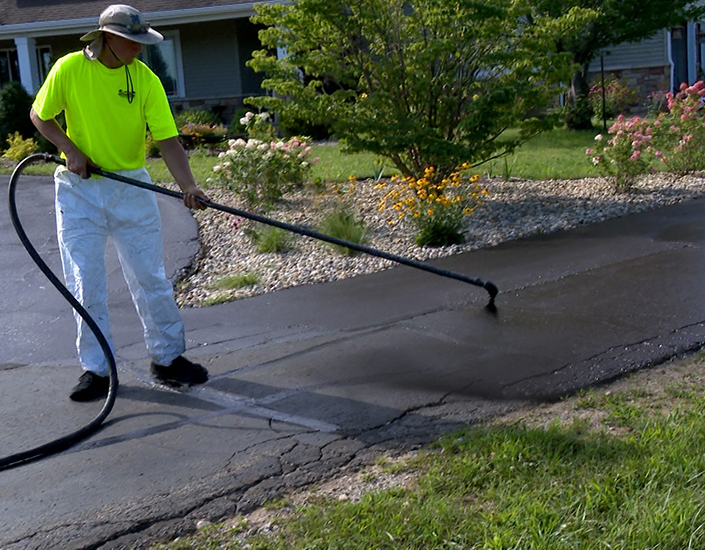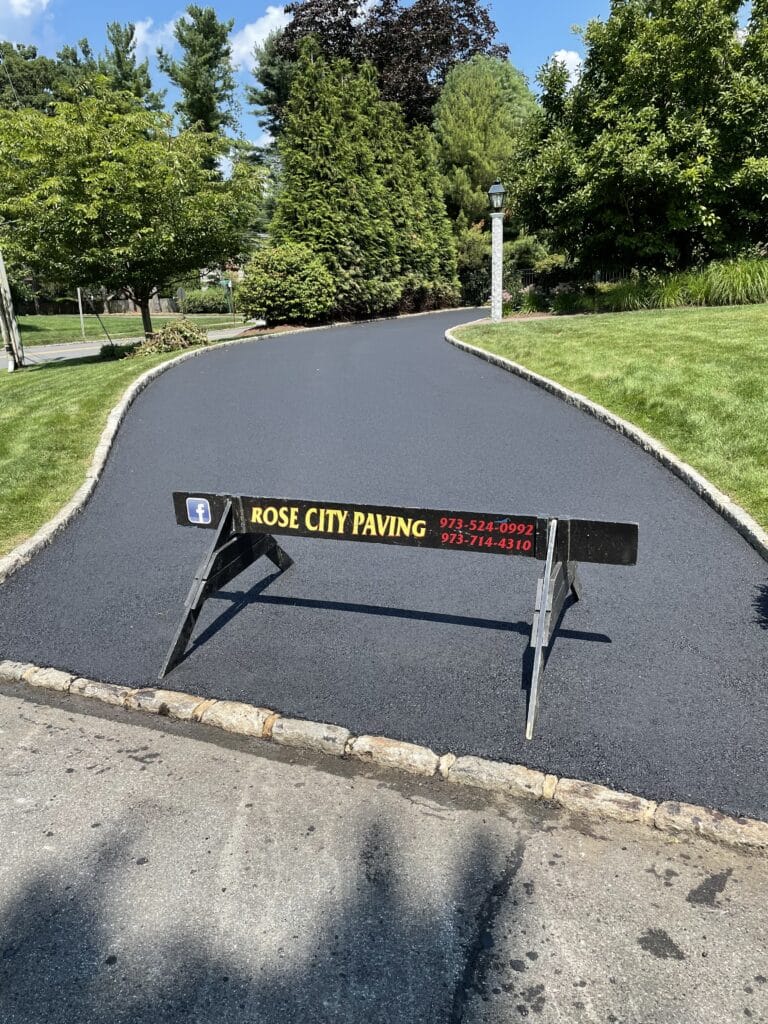Hot Mix Asphalt: A Sustainable Remedy for Sidewalk
Hot Mix Asphalt (HMA) has become a leading sustainable choice for sidewalk options, supplying a myriad of innovative modern technologies and environmental advantages. Its capability to reuse materials and lower power consumption presents a compelling case for its fostering in road building and construction tasks. The long-lasting performance and sturdiness of HMA make it a recommended alternative for infrastructure growth. As the need for eco-friendly building methods expands, exploring the subtleties of HMA's sustainability can offer beneficial understandings right into the future of sidewalk solutions.
Ecological Advantages of Hot Mix Asphalt

Additionally, Hot Mix Asphalt assists to minimize urban warm island effects. Its dark color takes in sunlight, reducing the amount of warmth mirrored back right into the atmosphere compared to lighter-colored sidewalks. This can reduce ambient temperature levels in city areas, reducing the need for air conditioning and inevitably decreasing energy intake.
In enhancement, Warm Mix Asphalt contributes to improved stormwater monitoring. Its permeable nature allows water to penetrate the pavement and recharge groundwater supplies, decreasing runoff and the threat of flooding. These environmental benefits make Warm Mix Asphalt a sustainable selection for paving roads and freeways.
Energy Performance in HMA Manufacturing
Is energy performance a crucial element in the manufacturing of Warm Mix Asphalt (HMA)? Definitely. Power plays a significant function in the manufacturing of HMA, influencing both cost and environmental sustainability. One essential aspect of power effectiveness in HMA production is the use of cozy mix asphalt (WMA) modern technologies (regrading). WMA permits the blending and placement of asphalt at lower temperature levels contrasted to standard hot mix asphalt, leading to minimized power usage during manufacturing. This procedure not only lowers gas use however additionally lowers greenhouse gas exhausts, making it a much more eco-friendly choice.
In addition, innovations in plant innovations have led to more energy-efficient HMA production processes. Modern plants are designed with features like recycled asphalt pavement (RAP) processing capabilities, reliable heater systems, and enhanced insulation, all contributing to energy financial savings. By maximizing energy use in HMA production, the market description can minimize its carbon impact while keeping premium pavement materials. Power effectiveness is, therefore, a crucial consideration in making certain the sustainability of Hot Mix Asphalt manufacturing.
Recyclability of Warm Mix Asphalt
The recyclability of Warm Mix Asphalt (HMA) is a critical aspect of its sustainability and lasting environmental effect. HMA is just one of one of the most recycled products in the United States, with over 100 million lots of reclaimed asphalt pavement (RAP) being recycled each year in brand-new pavement construction. Reusing HMA supplies a number of environmental benefits, such as lowering the requirement for virgin materials, reducing power usage throughout production, and lowering the quantity of waste sent to garbage dumps.
The process of recycling HMA includes milling the existing sidewalk, crushing it right into smaller pieces, and blending it with brand-new accumulation and asphalt binder to develop a recycled mix. This recycled mix can usually do along with or perhaps much better than traditional HMA, while needing fewer raw products and generating reduced greenhouse gas emissions. By integrating RAP right into new pavement jobs, roadway firms can conserve natural deposits, reduce costs, and reduce the environmental footprint of road building and construction and upkeep activities. On the whole, the recyclability of HMA plays a substantial role in promoting sustainable practices within the sidewalk market.

Long-Term Performance of HMA
Asphalt sidewalks demonstrate resilience and strength over an extensive period, reflecting the lasting performance of Warm Mix Asphalt (HMA) Furthermore, innovations in HMA innovation, such as the usage of polymer-modified binders and warm mix asphalt, have even more improved the durability and long life of HMA pavements. By prioritizing quality construction and maintenance methods, HMA proceeds to prove itself as a sustainable and economical solution for long-lasting pavement infrastructure.

HMA: Longevity and Sustainability
Showing both durability and sustainability, Warm Mix Asphalt (HMA) has become a keystone in the building of look at this now long-lasting pavement facilities - regrading. HMA's sturdiness originates from its ability to hold up against hefty loads, severe weather, and high website traffic volumes, making it a dependable option for streets, freeways, and flight terminal paths. The make-up of HMA, which typically includes aggregates, binder, and filler, plays an essential duty in improving its durability and resistance to tear and use
Moreover, HMA's sustainability depends on its recyclability and energy-efficient production process. The capability to reuse reclaimed asphalt sidewalk (RAP) in new HMA combinations minimizes the need for virgin products and lessens the ecological effect of sidewalk building and construction and upkeep. Furthermore, the power efficiency of generating HMA depends on its lower mixing temperature levels contrasted to other pavement products, leading to decreased power consumption and greenhouse gas discharges.
Verdict
In final thought, warm mix asphalt (HMA) uses a lasting remedy for pavement with its ecologically pleasant features. HMA's recyclability, energy effectiveness in production, and long-term durability make it a green option for road building and construction.
HMA is one of the most recycled materials in the United States, with over 100 million bunches of redeemed asphalt sidewalk (RAP) being reused yearly in brand-new pavement construction.The process of recycling HMA involves crushing the existing sidewalk, squashing it right into smaller items, and blending it with brand-new aggregate and asphalt binder to create a recycled mix.Asphalt pavements demonstrate sturdiness and resilience over a prolonged period, showing the long-lasting performance of Warm Mix Asphalt (HMA) Additionally, improvements in HMA modern technology, such as the usage of polymer-modified binders and warm mix asphalt, have further boosted the resilience and longevity of HMA pavements. The capacity to recycle reclaimed asphalt sidewalk (RAP) in brand-new HMA blends lowers the need for virgin materials and decreases the ecological influence of pavement construction and original site upkeep.